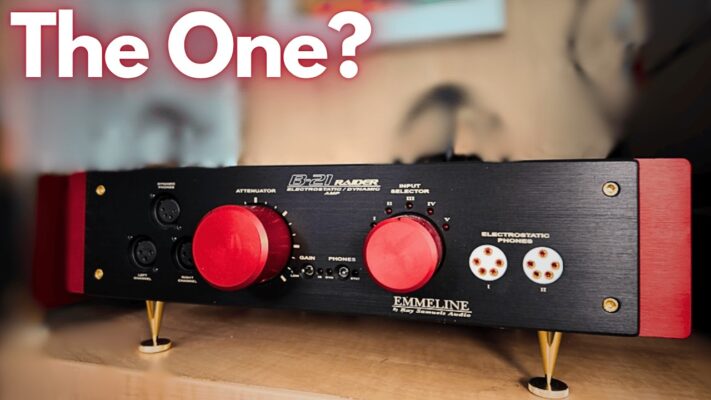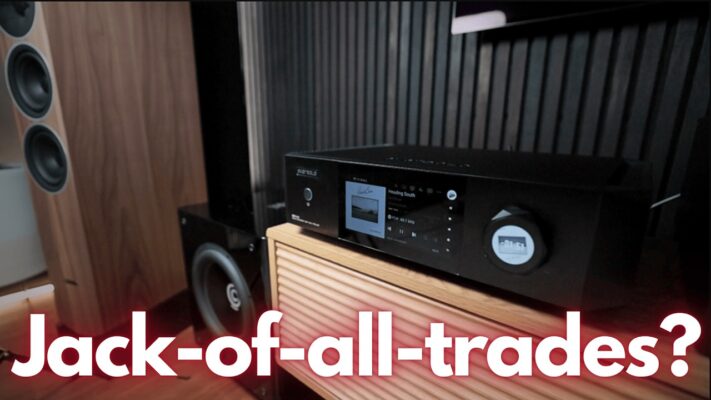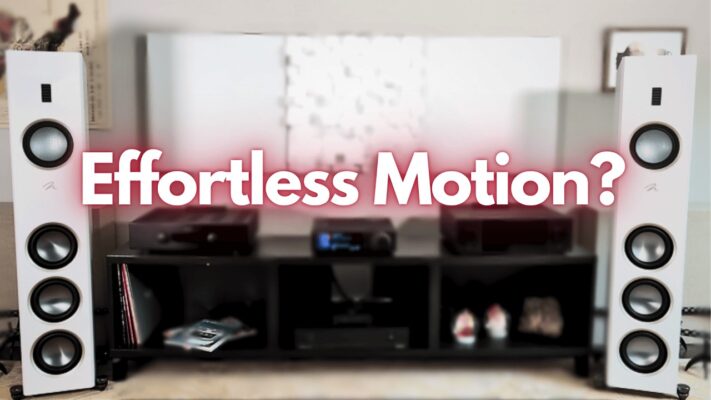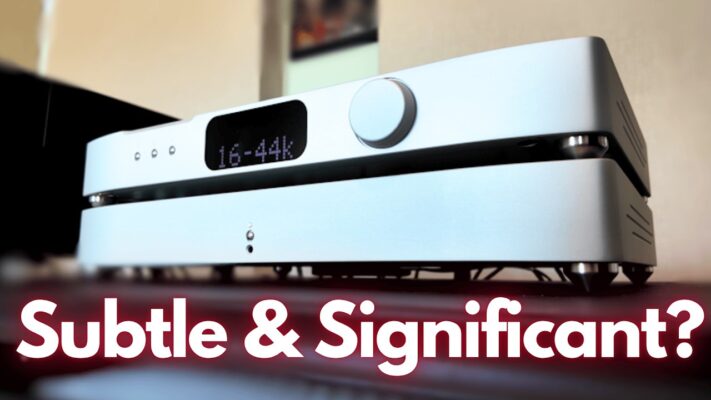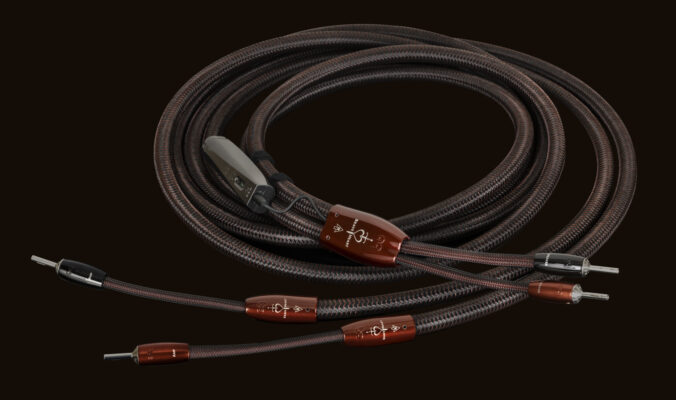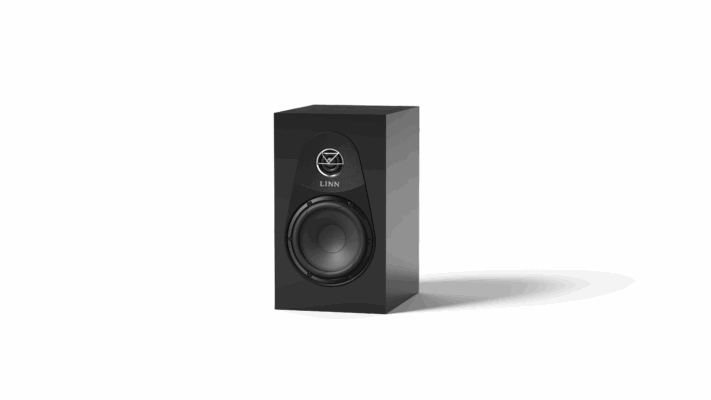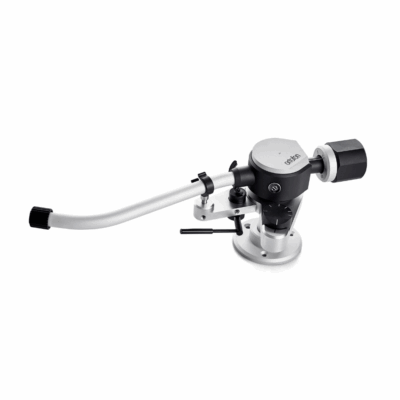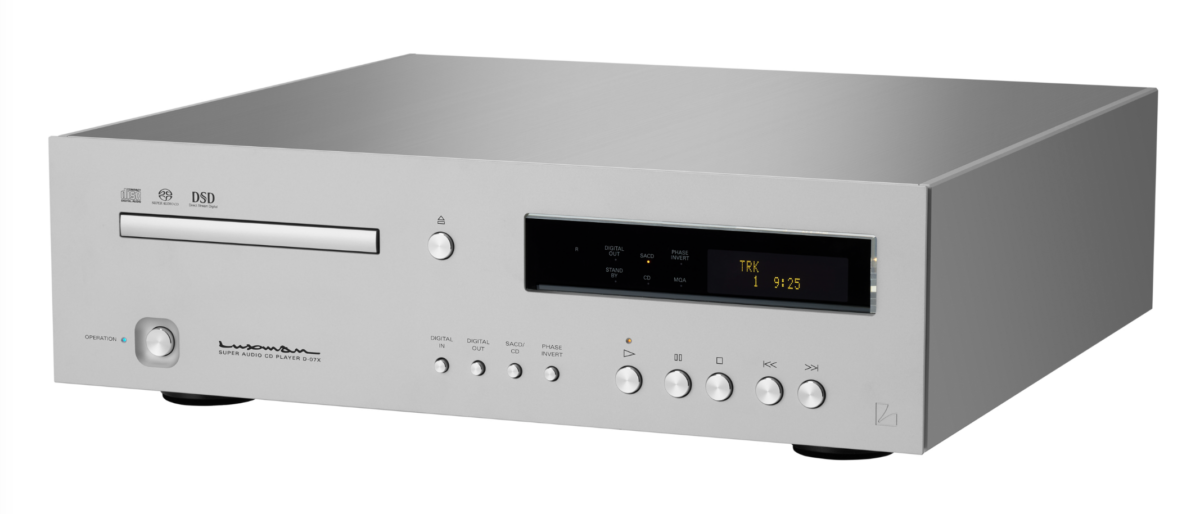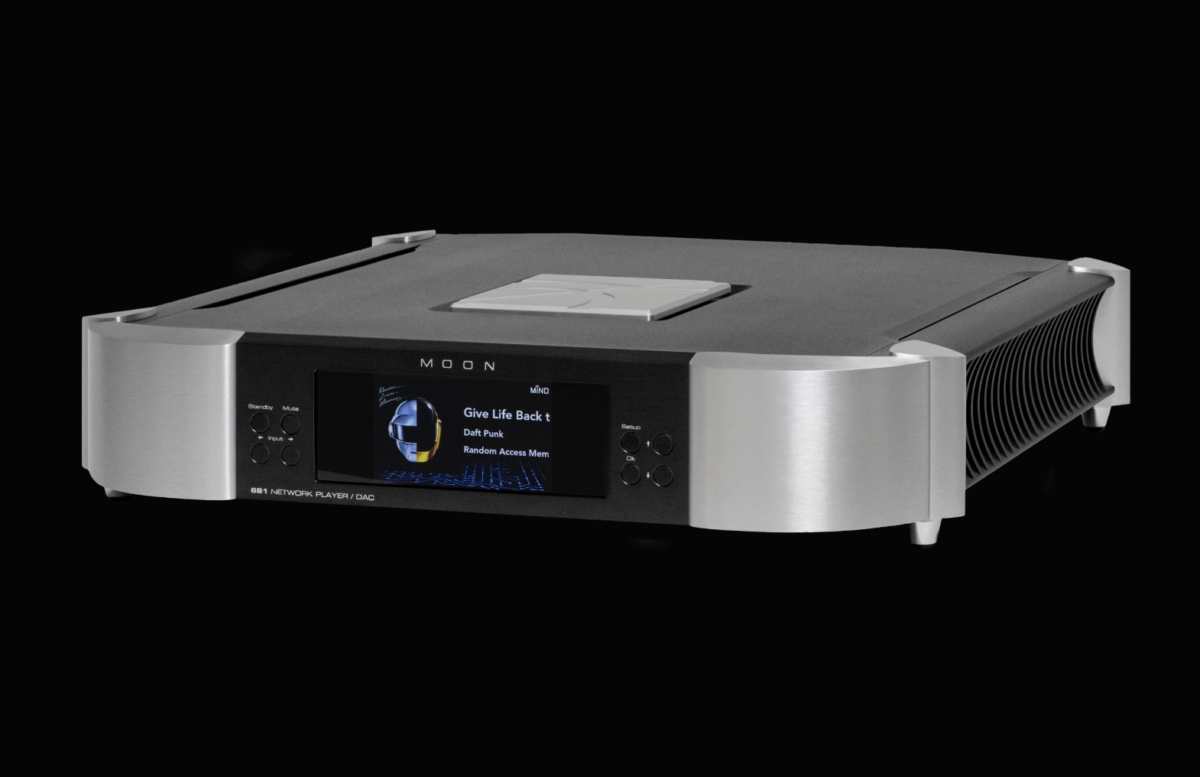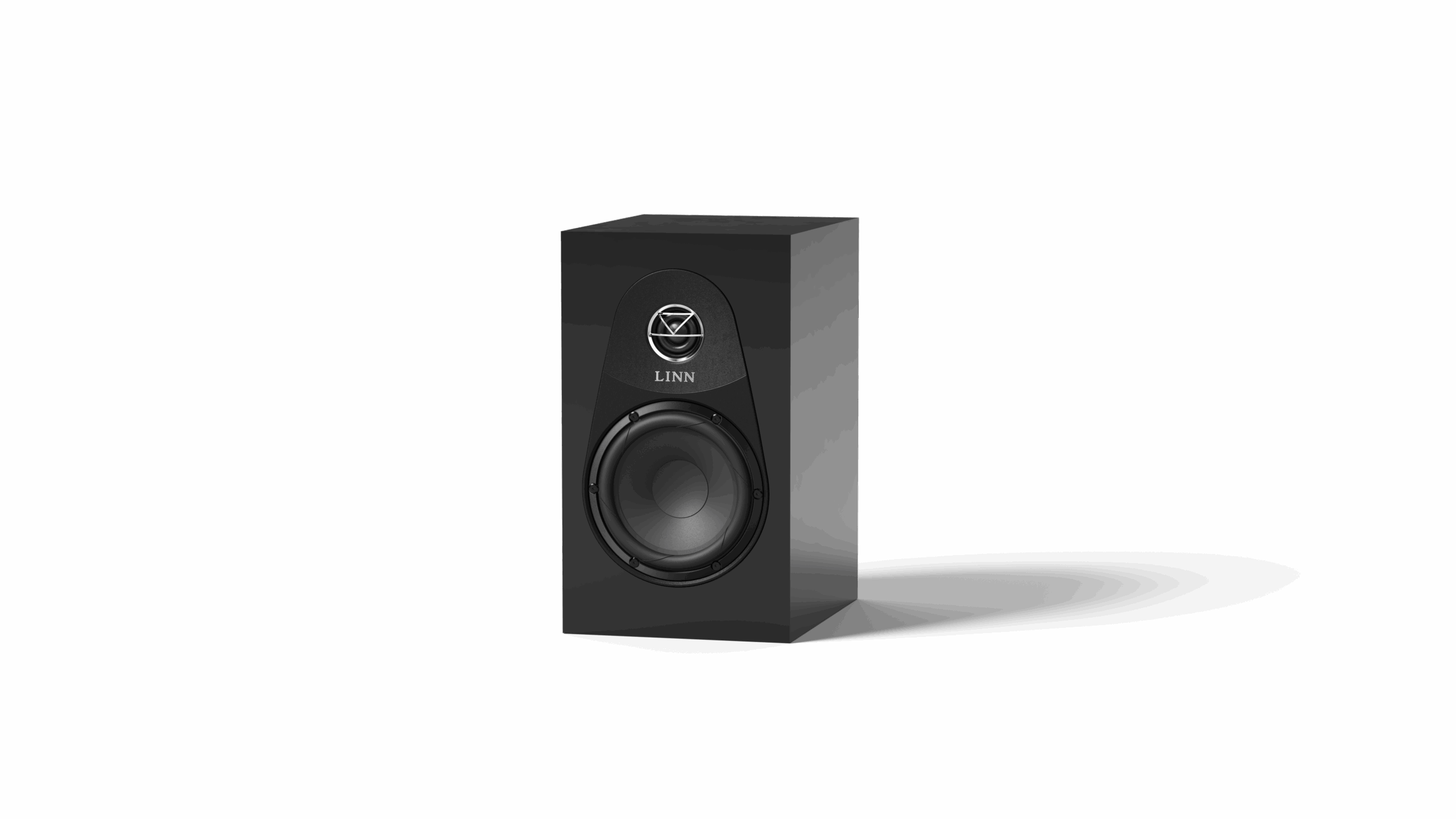
Right back from the first days of Linn loudspeakers, there have always been active models. From the original Sara and Isobarik through to the latest 360 flagship, Linn has always had active (formerly ‘Aktiv’, in Linn-speak) models in the range. However, the active models have also always been at the top end of the catalogue. With the new 119 – Linn’s replacement to the venerable Majik 109 – Linn has made active drive from the ground up.
In fairness, the Majik 109 was always designed as an active loudspeaker, but it was more of a sideline. Also in fairness, the Majik 109 was 16 years old at the time it was discontinued, Linn’s Aktiv technology required a lot more electronics in the chain. That wasn’t the trajectory for Linn’s entry level loudspeaker of 2008. Times change and technology has moved on. The 119 is considered far more active-ready, and the 119 driven by Linn’s Exakt technology is a core part of the company’s 2025 (and beyond) plans.
Changes
Linn’s Majik 109 used a 19mm fabric-dome supertweeter covering all frequencies above 6kHz, a 30mm soft-dome tweeter covering 1.5–6kHz, and a 127mm woofer. The supertweeter and tweeter combination (sitting in front of a port) was known as the 2K array, derived from the 3K and 4K arrays in more up-market Linn loudspeakers. However, the development that went into the 360 flagship spelled the end of these arrays; the technology in that loudspeaker then filtered through the range, right down to the 119.
The 119 is almost identically sized to its predecessor (the size of the enclosure harks back to the original Linn Kan, which itself was Linn’s more tuneful, ‘can do’ response to the classic BBC LS3/5a). The Majik 109 is about a centimetre deeper, but are otherwise within a milimetre of one another. Both are bass reflex designs, but where the 109 used its front ‘scoop’ for its port, the 119’s rear-firing port needs a little more ‘breathing room’. However, foam bungs are provided for use against a rear wall.
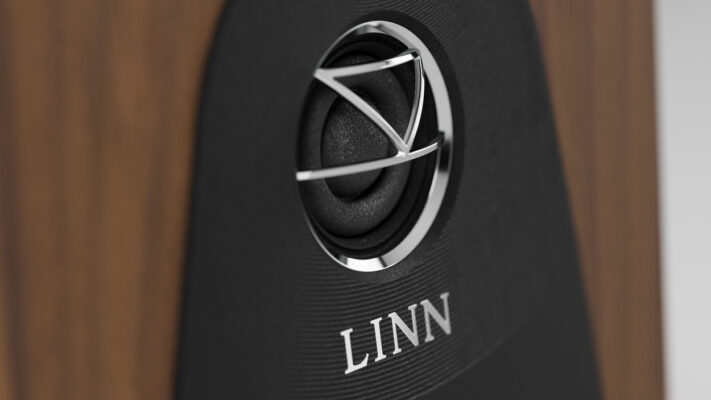
As in the 360, the supertweeter is consigned to history and the 19.55mm Sonomex dome tweeter sitting behind a tweeter guard styled like the Linn logo. This is joined by a 160mm Nextel-coated paper mid/bass unit. This makes a loudspeaker that’s weighing in at a shade over seven kilogrammes; almost two kilos heavier than its predecessor. The price has increased too.
Active or passive
The 119 can be provided in active or passive form straight from Linn’s Glasgow factory, or passive loudspeakers can be prepped for active use at a Linn dealer. In theory, the move from one to the other could be performed in situ, and potentially even by a customer if they were very distant from their dealer. It’s not a complex upgrade (mostly involving the careful removal of a crossover), but Linn’s famed attention to detail puts the upgrade in the hands of professionals.
The more complex part is the change to the amplifiers. Traditionally, this called upon a series of model-specific ‘Aktiv’ cards to be installed in a Linn amplifier. However, today all it takes is the regular all-purpose power amplifier cartridges, which are then programmed using software to teach them which drive unit on which model of speaker their output is tailored. You need cartridges for each driver, of course.
Linn has stopped using terms like ‘Majik’, ‘Selekt’ or ‘Klimax’ for its loudspeakers, reserving those names for LP12 turntable variants and electronics. At present, an Exakt active upgrade is beyond Majik-level amplification, but the Selekt DSM is such a flexible platform, it lends itself to the process.
A quick Selekt DSM recap is in order. With two different finishes, the choice of three DAC options and four levels of amplification – from ‘none: streamer only’ to ‘multi-channel home cinema amplifier’, the Linn Selekt DSM is the company’s ‘Flexible Friend’ (citing a popular credit card TV advert from the late 1970s that ran until 30 years ago doesn’t date me, oh no).
It’s hammer time!
While I’m no stranger to an Allen bolt, I think casually mentioning that most things can be ‘fixed’ with hammers is the reason Linn sent me two pairs of 119s and two Linn Selekt DSM integrated amplifiers/streamers. One set was purely passive; the Selekt DSM had standard stereo amplifier cartridge and the 119s had passive crossovers. The other moved the crossover inside the Selekt DSM, doubling the number of amplifier modules inside the amp in the process, with the 119 configured for active drive.
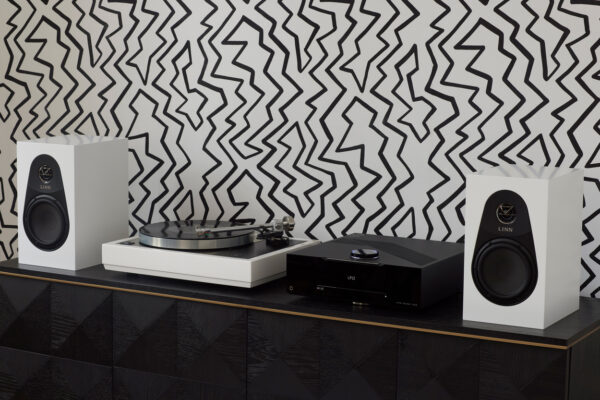
The Selekt DSM is a known quantity to hi-fi+, having tested the streamer only version in Issue 164. The amplifier modules are 50W/8Ω, 100W/4Ω Class D designs. However, while these amp modules were not tested in the previous review, Linn’s overall musical presentation remains the same; these are extremely clean, tight and muscular amplifiers with a characteristic ‘dry; like a martini, not a desert’ sound. There’s no artificial richness or warmth here, but the sound isn’t cold or dead. It’s just that Linn places the demands on the recording rather than the electronics to create any sense of lushness or legato-like flow to the music.
In search of space
The Linn toolkit includes Space Optimisation, which allows the listener or installer to enter room parameters and characteristics and apply correcting DSP to the output of the amplifier. This differs from the room correction provided by companies such as Lyngdorf/Steinway-Lyngdorf or Trinnov because it doesn’t use microphone measurement to provide the room compensation. It instead relies on inserting room size, construction, the presence of windows and doors, furnishing and the position of the loudspeakers to build a sophisticated ‘4D’ model of the room.
In an ideal setting, the listener sits at the apex of an isosceles triangle in a slightly non-parallel rectangular room, in the real world sometimes that’s impossible. Maybe room or domestic demands mean that triangle becomes more scalene or even obtuse. Maybe one loudspeaker needs to be closer to the rear wall than the other. Or perhaps you sit in the corner of a large L-shaped room. By entering those parameters into the Manage Systems webpage, you can accommodate almost any limitations. Moreover, even in ideal conditions, Space Optimisation works well. Switching it in and out clearly removes some of the overt bass booms and cuts in most rooms and simply makes the room less of an impactful element in the overall sound.
Space Optimisation’s DSP impact on music is mild, too; it trades a little bit of temporal precision for a better in-room performance and unless most of your listening is the glitchy rhythms of Autechre or Squarepusher, it’s a trade-off you’ll happily accept. And in the 119, it also means you don’t need to use bungs in close-to-wall settings.
There are also some Custom Filters buried deep in the Advanced menus of the configuration settings. While these can tailor the tonal balance of a pair of loudspeakers, they are buried for a reason; they aren’t tone controls. Think of them as slightly more useful than that weird package-carrying hook thing on a Swiss Army Knife.
The 119 is the perfect partner for the Selekt DSM. The loudspeaker is extremely detailed and open sounding, with excellent bass. Even without Space Optimisation in place, they more than deliver the goods. They also deliver a surprisingly big and articulate sound, both in terms of soundstage and just sheer scale. Unless you are listening in an aircraft hanger of a room, if you close your eyes and listen, at no point will you get a sense of a stand-mount loudspeaker in the room. In fact, you’d lay bets you were listening to a far larger three-way design.
Energetic
It’s a clever combination of an energetic yet not over-enthusiastic sound. It gets under the skin of the music, whatever music you’re playing. However, ‘fun’ loudspeakers are often ‘inaccurate’ loudspeakers and that’s not the case here. This is an extremely accurate, transparent and faithful representation of the music, with exceptionally deep bass. While clearly made for Linn’s own amplification, I used it to great effect with amps like the Primare I35 Prisma, too. That deep bass, articulate and big sound shone through regardless.

Musically, it took everything I threw at it with aplomb, whether the amplifiers had the Linn logo or not. The precision shone through when playing string quartets, such as ‘Entr’acte’ by Caroline Shaw and the Attica Quartet [Orange, Nonesuch]. Sometimes with two-way stand-mounts, this music can get a little lost, sounding cerebral and nothing more. The 119 brings out the emotion and ‘juiciness’ of the music (juice factor has nothing to do with the orange on the cover, honestly). Play something swampy and ZZ Top shaped, or complex hip-hop like ‘Homerton’ by Loyle Carner [Hugo, AMF] and you are met with the same detail and precision, but the vibe always remains powerfully present.
While we never reviewed the Majik 109, I always had a soft spot for its fast and fun performance. But the 119 makes its predecessor sound flat and drab. The combination of detail and energy puts the 119 at the top of the ‘bookshelf’ or ‘mini-monitor’ tree. More important, this means the 119 passes the golden rule of active loudspeaker design; don’t try make a mediocre design better with an active crossover and amplifiers. The Linn 119 has all the right elements in place in its passive design, so bodes well when suitably ‘beefed’.
Such a little jump
Moving to active with Exakt technology seems like such a little jump, physically. The bi-wire terminals at the rear of the 119s become direct connections to bass and treble, and an extra cartridge slot is filled at the back of the Linn Selekt DSM. In fact, if you use Linn’s own K40 bi-wire cable, unless you take a close look at the terminations at both ends, you could easily pass the upgrade off as a product recall or repair. This gets closer than ever to that illusive ‘invisible upgrade’ that every audiophile in history has tried – and usually failed – to get past their partners. However, once you get the active system in place, the ‘invisible upgrade’ switches to ‘what did you just change?’ in that accusatory ‘that sounds like you spent holiday-grade money on the hi-fi’ tone.
Active 119s call on a series of Exakt filters in the ‘Manage Systems’ part of the user configuration webpage. This shapes the Exakt engine within the Selekt DSM and allows some degree of fine-tuning of the 119’s profile. These don’t change the fundamental characteristics of the loudspeaker but can highlight one of its strengths or go for a more balanced presentation.
Going Exakt moves Space Optimisation to Space Optimisation+ levels, which takes the timing control down to the more granular level of per-driver control. Put simply, it simultaneously makes Space Optimisation do its job a little better while making those minor temporal effects on the music shrink to close to zero.
Practical application
All of which would be nice in theory, but the practical application in the Linn 119 is stunning. The loudspeaker effectively disappears, acting like a point source in soundstage terms and a direct injection of music into your head in all other aspects. Suddenly, the passive 119 sounds like it was dynamically compromised. It wasn’t, but the degree of snap and focus to the sound coupled with a performance that sounds like most of the loudspeaker got out of the way that Exakt Aktiv brings to the party is hard to miss.
It’s not simply extra information – although play any Rolling Stones recordings from this century and you can almost hear the crepitus in Keef’s arthritic hands. Nor is it just extra dynamic and volume headroom – although playing Mogwai at a fair lick can loosen fillings at 30 paces. It’s the level of musical communication the Exakt-configured 119s bring that takes a great loudspeaker and transforms it. Music here is a vivid, vivacious and visceral experience. Listen to one of Nick Cave’s more harrowing albums and those emotions run deep. You could turn the most hawkish person you know into an anti-war campaigner if they spent an hour with these speakers and Polly Harvey’s Let England Shake [Island].
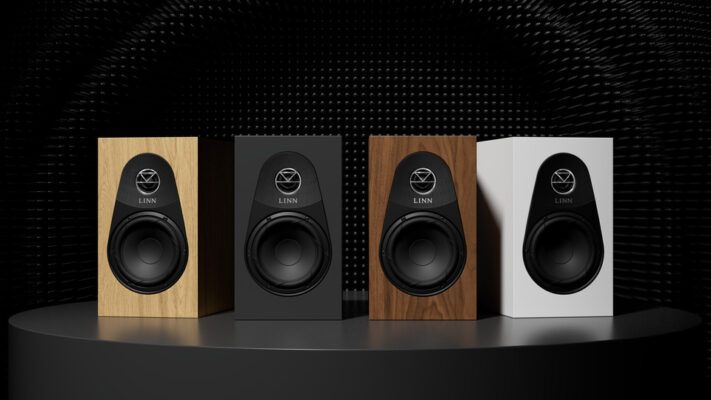
Exakt takes the good basic formula of the Linn 119 and shows what that loudspeaker is capable of. And, it turns out, that’s quite a lot! And there’s no going back – I tried switching back to the passive Linn Selekt DSM and 119 and, while it was still an excellent performer, it had lost that magic that active drive delivered. Could I still live with the passive version? Absolutely, but having had a taste of what they can do, the mental gymnastics required to move back to passive are too great. This means be careful of Yoda-ing yourself in the demonstration: “Do, or do not. There is no ‘try’.” If you have an active demonstration, be prepared to have active loudspeakers. It’s that simple.
Nit-picking
The downside with active is nit-picking at best. It locks you into a Linn ecosystem and specifically an ecosystem that includes the Linn Selekt DSM integrated amp. Yes, there are active crossovers (I’d be interested to hear this through the Kudos Audio Sigao Drive and other amplifiers, for example), but you lose Space Optimisation+ and other options in the process. In addition, doing so with third party electronics would likely drastically raise the price of the amplification to the point where the exercise is difficult to justify in sheer economic terms. However, sonically speaking, the Linn 119 is more than up to the task. And that’s the point; the Linn 119 is capable of pushing the limits of what you can expect from a two-way stand-mount of this size, to the point where everything else in the system gets really expensive, just to keep up.
I think the 119 could be the gateway into that Linn ecosystem. This is an excellent passive two-way stand-mount loudspeaker – one of the best, in fact. Many will use the 119 on the end of decent electronics from other brands, and for some the temptation of switching over to active is going to continually get under their skin. Sooner or later, they’ll hear how far Exakt raise the bar; even if they don’t make the jump at that point, they’ll probably opt for a Linn Selekt DSM knowing the option is open for the future. Then, it’s just a short hop to Exakt active drive. That’s it; you’re a ‘Linnie’, and you are picking out the finish on your LP12 plinth. Best of all, you’ll do all this with a big smile on your face thanks to the music the 119s make.
Specs & Pricing
Linn 119
Type: Two-way bass-reflect loudspeaker
Drive Units: 19.55mm soft Sonomex dome, 160mm Nextel-coated paper cone mid-bass
Cabinet volume: 9 litres
Finish: Walnut, Oak, Satin Black, Satin White
Dimensions (WxHxD): 19.1×32.8×24.1cm
Weight: 7.15kg
Price: from £2,500, $3,250, €2,975
Linn Selekt DSM
Type: Configurable network player and amplifier
Standard features: Utopik Power Supply, Wireless Streaming via WiFi, Bluetooth and AirPlay 2, Support for FLAC, Apple Lossless, WAV, DSD (64/128/256), MP3, WMA (except lossless), AIFF, AAC and OGG at up to 24-bit/384kHz resolution, MM/MC Phono Stage, Analogue Input (RCA Pair), Space Optimisation, Exakt Ready
Standard inputs: Ethernet, HDMI ARC, Toslink S/PDIF and coaxial S/PDIF (in/out, configurable), USB Type B, RCA line level, MM phono, MC phono
Standard outputs: HDMI 2.0, Exakt link, RCA subwoofer out, ¼” headphone jack
Amplifier sections: 100W into four ohms (Class D) modules
Available in Classic Hub and Edition Hub versions
Dimensions (WxHxD): 35.5×12.3×35.5cm (Classic Hub), 35.5×11.9×35.5 (Edition Hub)
Weight: 8.05-10.85kg (Classic Hub); 9.5-12.3kg (Edition Hub)
Price: from £5,650, $7,345, €6,725
Tags: LINN LOUDSPEAKER STANDMOUNT










